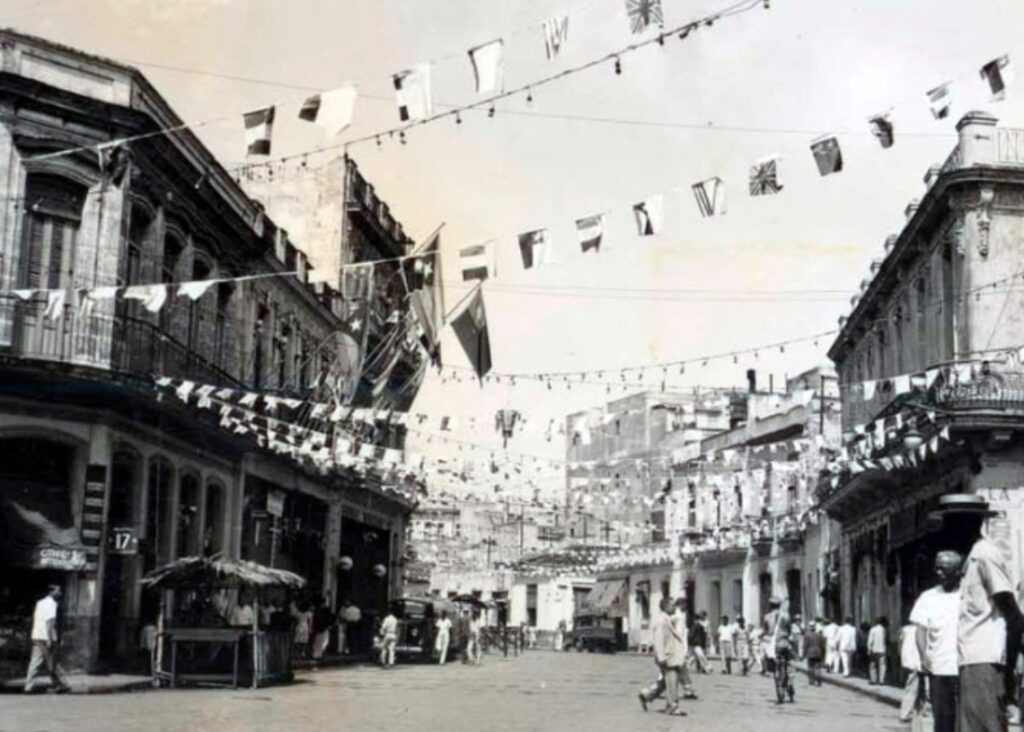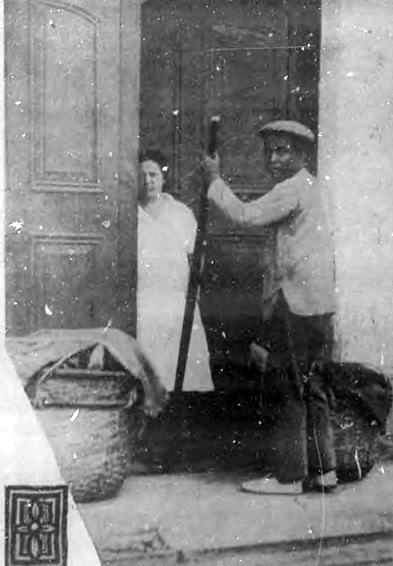Eating places on wheels: Chinese merchants in Havana
At the beginning of the Republican era, they fought for a place in the activities dedicated to commerce, in which the Spanish had primacy.
by
José Antonio Quintana García
March 12, 2025

The increase in immigrants consolidated the so-called Havana Chinatown. Photo: Taken from the Facebook group “Recuerdos de Cuba.”
The massive influx of Chinese to Cuba occurred between 1847 and 1874, when some 150,000 were brought to the island to work on the sugar plantations, in semi-slavery conditions. But the migratory flow continued during the first half of the 20th century, sometimes coming from the United States, legally, but also clandestinely.
At the beginning of the Republican era, in 1902, they fought to gain a place in the activities dedicated to commerce, in which the Spanish had primacy. They made their way, accumulating capital as sellers of vegetables and fruits, until they became popular figures in everyday life. The writer Renée Méndez Capote, in her book Memorias de una cubanita que nació con el siglo, remembered them as:
“Those Chinese greengrocers, loaded with up to six baskets that hung in two groups of three, one on top of the other, at the ends of their long pole. They would bend down at the doors of houses, taking out their merchandise with a patience, a joyful sweetness that was enchanting; those slight figures, almost without exception, came from Canton, with their peculiar shoes, black, like fine espadrilles with leather soles, with their specially cut suits almost invariably made of blue cotton, I say almost because I think I remember them also dressed in grey, with the pointed round straw hat under which they wore their incredibly long braid twisted in a big bun…The outskirts of Havana were full of small, well-cultivated vegetable gardens. The countryside appeared to be strewn with Chinese people squatting, covered by little round hats. At the door of their little houses the most primitive farming tools: they watered their land with a watering can and cut the grass with sickles.”

The Chinese greengrocers carried up to six baskets on a pole and walked long distances through the neighborhoods of Havana. Photo: Bohemia magazine.
The establishments of their fellow countrymen in the city and also the street vendors were supplied from these small vegetable gardens. The practice continued for half a century.
More:
https://oncubanews.com/en/cuba/society-cuba/cuban-history/eating-places-on-wheels-chinese-merchants-in-havana/

